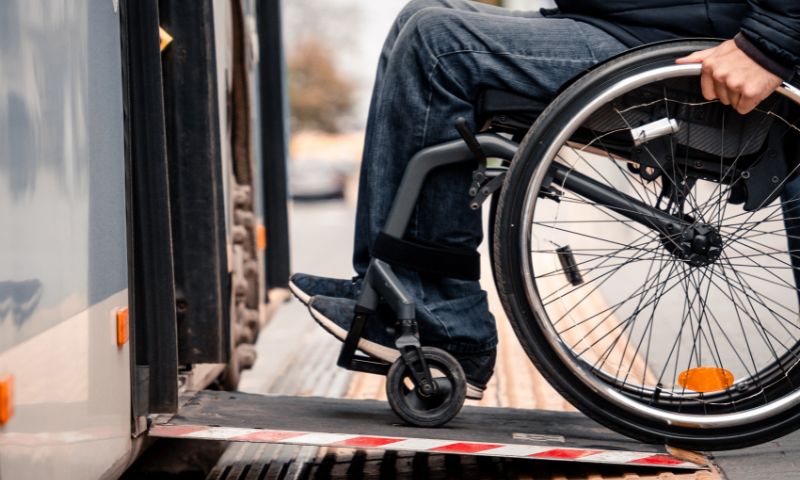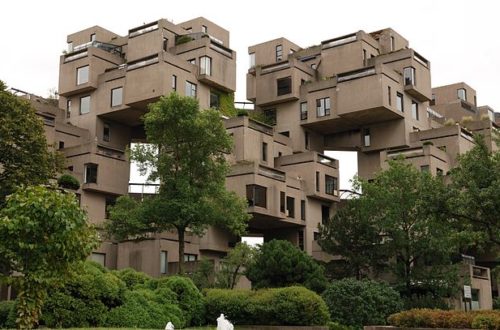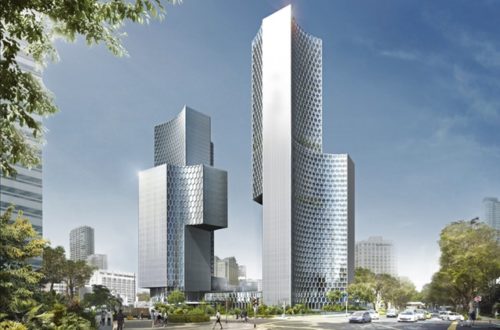5 Reliable Ways To Make a City More Inclusive

As cities continue to grow and evolve, promoting inclusivity becomes a crucial aspect of urban development. An inclusive city recognizes and respects its residents’ diverse needs, abilities, and perspectives, ensuring that everyone has an equal opportunity to participate and thrive.
All cities, especially large ones, are responsible for delivering accurate solutions for residents to cover their needs without limitations. These five reliable ways to make a city more inclusive will create an environment where all individuals feel valued, empowered, and connected.
Enhancing Accessibility
One of the fundamental pillars of an inclusive city is removing physical, social, and digital barriers that hinder individuals with disabilities from fully engaging in urban life. To achieve this, city planners must prioritize the development of accessible infrastructure, such as wheelchair ramps, accessible public transportation, and disability-friendly public spaces. Promoting inclusive design practices in buildings, parks, and other community areas ensures that everyone can easily navigate and enjoy these spaces.
Promoting Social Integration
Creating opportunities for social interaction among diverse groups is another crucial aspect of inclusivity. Encouraging community events, cultural festivals, and public forums can remove gaps between different communities and create a sense of belonging. Cities must support initiatives that promote cultural diversity, such as multicultural centers, language classes, and intercultural exchange programs.
Embracing Sustainable Mobility
Promoting sustainable and accessible transportation options benefits inclusivity in cities of any size. Prioritizing the development of bike lanes, pedestrian-friendly infrastructure, and efficient public transportation systems encourages active mobility and reduces dependence on private vehicles. Supporting inclusivity in public transportation means providing things like audio cues for visually impaired individuals.
Prioritizing Affordable Housing
Affordable housing is critical in ensuring that individuals from all socioeconomic backgrounds can access and participate in city life. Inclusive cities take proactive measures to address the issue of housing affordability, implementing policies that promote mixed-income neighborhoods and affordable housing options. Collaborating with developers and housing organizations to create affordable housing units, rent control regulations, and housing subsidies can prevent social exclusion and gentrification.
Facilitating Digital Inclusion
Many aspects of modern life, such as accessing government services, education, job opportunities, and social interactions, rely heavily on technology. To make cities more inclusive, they must invest in digital infrastructure and promote digital program learning for underserved populations. Providing free Wi-Fi in public spaces, affordable internet access, and establishing computer labs can empower individuals and communities by ensuring equal access to digital resources.
Would you like to receive similar articles by email?





